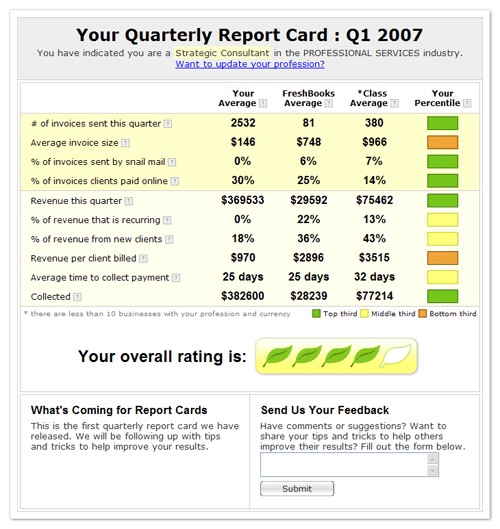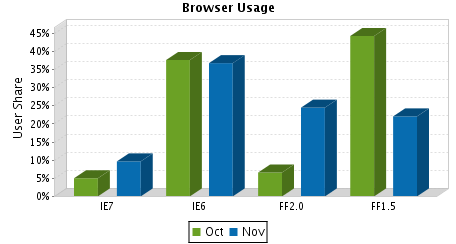This morning Zoho, known for SMB focused SaaS offerings in the areas of productivity, collaboration, business processes launched an Accounting app: Zoho Books. I typically don’t do detailed product reviews, when I see the first good ones, will link to them – just a few points here and then let’s discuss how it rounds out Zoho’s overall strategy.
The following video introduction is a bit “cutesy”:
-and that’s quite intentional. In fact simplicity is one of the key points in Zoho Books:
- Clear, streamlined UI, tabs, easy terminology –i.e. Money In, Money Out. This service is clearly targeted at non-accountants, which is most of us in a small business – hey, even I can understand most of it.

- That said, Books offers the opportunity to share data and collaborate with accountants (Ouch, did I really needed that reminder for tax time?;-) )
- Multi-currency support – this is typically a later add-on in many systems, but Zoho has a wide international presence with most of their other services
- Integration with Zoho CRM, Invoice, Mail – somewhat basic now, will be improved as we’ve seen with the rest of Zoho’s offerings
- Support for electronic payment systems like Paypal, Google Checkout, Authorize.net. This is a “hidden treasure” inherited from twin service Zoho Invoice, which is a subset of Book’s functionality and can be easily upgraded. Why hidden? Because relatively few know that Paypal offers 50 cent (yes, that’s $0.50 per transaction) Business Payments NOT available through the Web, only via their API, i.e. apps like Zoho Invoice and Boooks.
Having said that, is Zoho Books a Quickbooks killer?

(Cross-posted @ CloudAve » Zoli Erdos)

 Loren Baker, Editor of Search Engine Journal discusses his experience of getting his
Loren Baker, Editor of Search Engine Journal discusses his experience of getting his ![Reblog this post [with Zemanta]](https://www.zoliblog.com/wp-content/uploads/HLIC/54e6a3db43b098ecbf5db09e027cb1c1.png)
 They’ve been
They’ve been  ). Today, in the age of better online collaboration (that you can NOT manage on paper) and ergonomic large screens,
). Today, in the age of better online collaboration (that you can NOT manage on paper) and ergonomic large screens,  Way back at the Office 2.0 conference
Way back at the Office 2.0 conference 
 Yugma
Yugma
 24SevenOffice
24SevenOffice
 ). Clearly, the majority of new IE7 users are not IE6 upgraders, they came from the Firefox camp.
). Clearly, the majority of new IE7 users are not IE6 upgraders, they came from the Firefox camp.

Recent Comments